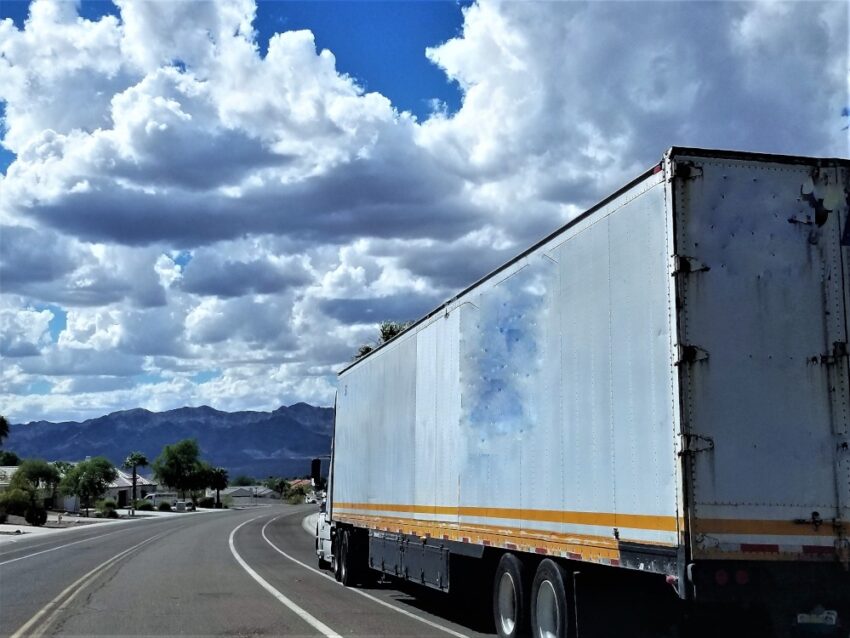
Transit is the basic element of TSL, i.e. the transport, forwarding and logistics industry. Generally speaking, transit is a procedure that allows the free movement of goods between countries. What is transit transport and what types of transit can we distinguish in transport?
Transit - what is it?
Transit is a concept closely related to the sector TSL. Refers to international transport. Transit does not directly apply to the country in which the place of loading and unloading the goods is located. So when can we talk about in transit? WITH in transit occurs when the transport runs through the territory of a country where there is no loading and unloading point. To illustrate - the transport of goods from Germany to Spain means that transit country is France.
What is important, transit transportation it is exempt from customs duties and is not subject to trade policy. Transit transportation are regulated only by relevant international agreements, such as, inter alia, Convention and Statute on Freedom of Transit. In this way transit transportation means the free movement of goods between countries. So much freedom in the procedures related to in transit is the result of the abolition of customs barriers in the territory of the European Union.
What are the types of transit in international transport?
W transit procedure stands out direct transport and indirect transportation. Companies offering international transport services carry out various transit transports, including direct transport. What is direct transit? The direct transit we say when the goods that we transport through the area transit country, may not be stored in its area. Thus, the transport company cannot reload goods on its premises, nor can it change the means of transport used for transport. Transport here is carried out directly from point A to point B.
In turn with indirect transit we are dealing with a situation where the transported goods can be stored in a specific place on the premises transit country for a given time. Consequently, the carrier during such transport has the option of reloading the goods (e.g. in connection with its division into smaller parts) or changing the means of transport to another.
Internal transit vs. external transit
Except direct transit i indirect also stands out internal transit i external. Internal transit is carried out only within the customs borders of the European Union. Due to the fact that the transport is carried out through the territory of a country located in the EU community, the customs status of the transported goods does not change. This determines the simplified procedure related to formalities - the transport of goods is based on one customs document and security.
external transit however, it is carried out not only within the borders of the European Union, but also in areas outside the EU community. Due to the fact that the transport concerns non-Community goods, the transit procedure here becomes more complicated in terms of formalities. external transit subject to different trade policies and different customs duties imposed by countries. Changing the customs status of the transported goods makes it necessary to complete the appropriate formalities related to the implemented goods in transit.
How to prepare for transit transport?
International transit are implemented widely throughout the world, due to development TSL industry, i.e. the transport, forwarding and logistics sectors. However, each of these transports requires professional preparation. It is important here not only to take care of formal issues, i.e. to prepare appropriate documentation, but also to know the laws that apply in individual countries. Optimal planning of the delivery route should also be taken into account, taking into account the appropriate means of transport. Implementation transit it is worth ordering a specialized and professional company operating in the TSL industry, which will take care of the highest quality of services, timeliness and safety international transport.
